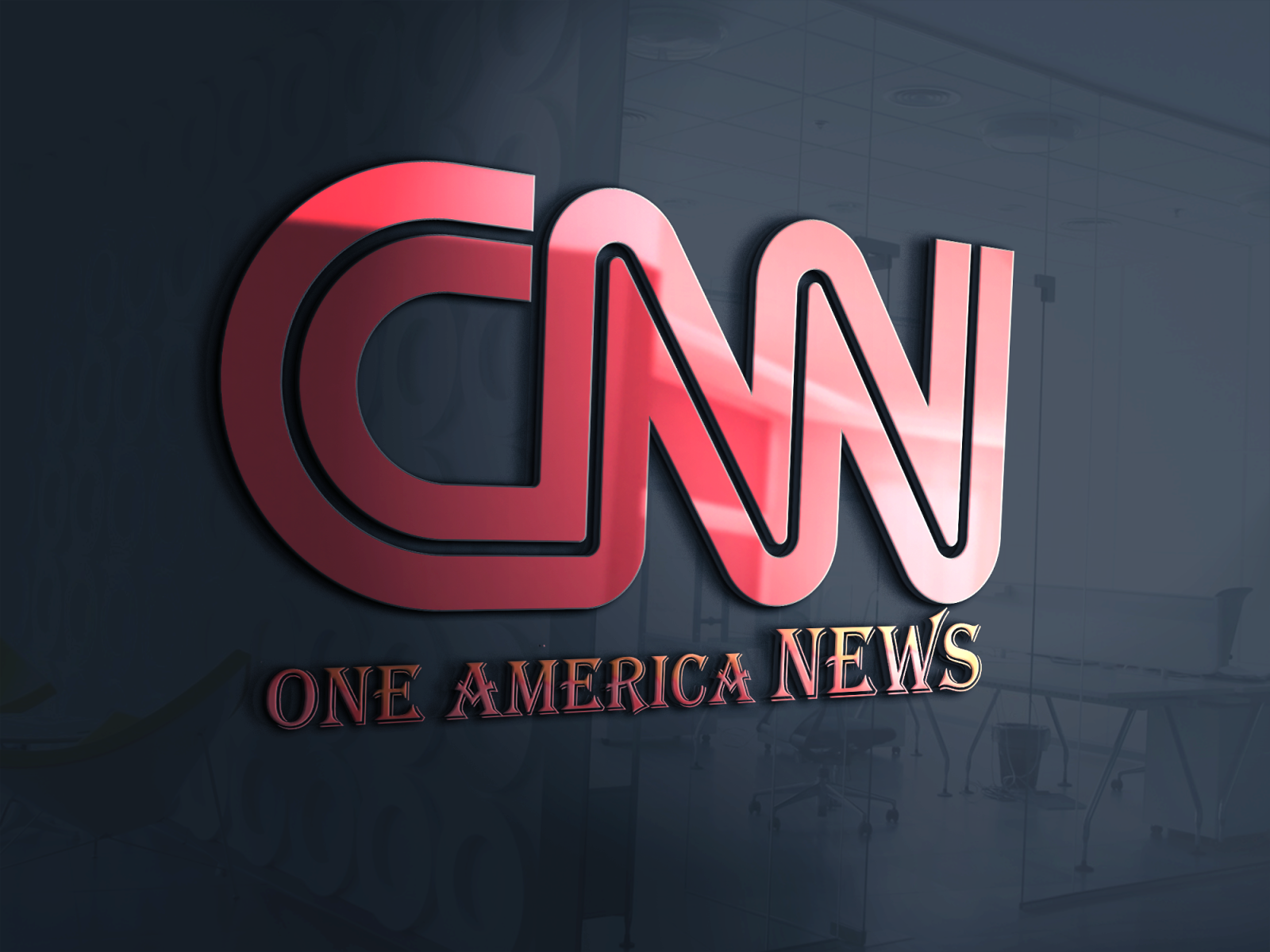CNN Launches a Digital Paywall, Charging Some Users to Read Articles for the First Time
In a significant shift in its business model, CNN has introduced a digital paywall, marking a new era for the news organization that aims to monetize its extensive online content. This move, which affects both the depth and breadth of access to its articles, comes as traditional media outlets grapple with declining advertising revenues and seek sustainable models for the future.
The Decision to Implement a Paywall
CNN’s decision to launch a digital paywall is driven by multiple factors, including the need to diversify revenue streams and ensure the financial viability of its journalism in a rapidly changing media landscape. As more readers turn to online news sources, traditional revenue from print and advertising has dwindled. According to reports, CNN is not alone in this approach; other news organizations, such as The New York Times and The Washington Post, have successfully implemented paywalls to create subscription-based models that support quality journalism.
CNN’s paywall will initially affect a portion of its online content, allowing readers to access a limited number of articles each month for free. After reaching this limit, users will be prompted to subscribe to continue reading. This tiered model aims to encourage casual readers to convert into paying subscribers, ensuring they have access to premium news coverage and analysis.
Implications for Readers
For CNN’s loyal audience, this paywall introduces a new dynamic in how they access news. While many consumers have become accustomed to some form of subscription for digital content, the challenge remains in convincing users to pay for news when there are numerous free alternatives available. The Wall Street Journal, for instance, successfully cultivated a paying audience by focusing on exclusive reporting and in-depth analysis, while CNN will need to leverage its brand strength and unique storytelling to attract and retain subscribers.
The new model raises questions about the accessibility of journalism. Critics argue that paywalls can create information silos, limiting access for those who cannot afford to pay for news. CNN must navigate the fine line between monetization and maintaining its role as a source of information for all. Offering a range of subscription options—such as monthly or annual plans—could help alleviate concerns about accessibility and provide more flexible choices for users.
The Competitive Landscape
CNN’s decision to implement a paywall comes at a time when many media companies are reevaluating their strategies in the face of fierce competition from digital platforms like social media and news aggregators. These platforms often provide news content for free, leading to a challenging environment for traditional news outlets.
According to a study by Pew Research Center, over half of U.S. adults get their news from social media platforms, raising concerns about the quality and reliability of information. CNN’s paywall could be a response to this trend, aiming to position itself as a trusted source of information that provides depth and context often lacking in social media feeds.
In addition to combating competition, the move to a paywall aligns with broader industry trends where major news organizations are focusing on premium journalism. The success of subscription models at outlets like The New York Times demonstrates that there is an appetite for quality journalism that people are willing to pay for.
Reader Reactions and Future Outlook
As CNN rolls out its digital paywall, reader reactions will be closely monitored. The initial response from the audience will determine the paywall’s effectiveness and whether it meets the company’s revenue targets. CNN’s management will likely analyze user engagement metrics to understand how the paywall impacts readership and subscription growth.
While some readers may embrace the idea of supporting journalism through a subscription, others might resist the idea of paying for content they once accessed for free. The challenge for CNN will be to communicate the value of its reporting effectively. This includes highlighting the depth of its investigative journalism, the expertise of its journalists, and the importance of supporting independent media.
CNN is expected to implement various promotional strategies to entice users to subscribe. These could include limited-time discounts, bundled offers with other Warner Bros. Discovery content, and exclusive access to live events or special reports. Engaging users through social media and targeted advertising will also play a crucial role in the paywall’s success.
Conclusion
CNN’s introduction of a digital paywall represents a significant shift in its business strategy and reflects the ongoing evolution of the media landscape. As traditional revenue streams continue to decline, the organization is adapting to meet the demands of its audience while ensuring the financial sustainability of its journalism. The success of this initiative will hinge on CNN’s ability to deliver compelling content that resonates with readers and reinforces the value of supporting quality journalism.
As the media industry continues to adapt to a digital-first environment, the implementation of paywalls may become a common strategy among other news organizations. While this shift may initially create barriers to access, it also presents an opportunity to prioritize high-quality reporting and foster a more informed public. How CNN navigates this transition will set a precedent for the future of journalism and the role of paywalls in the digital age.

Leave a Reply